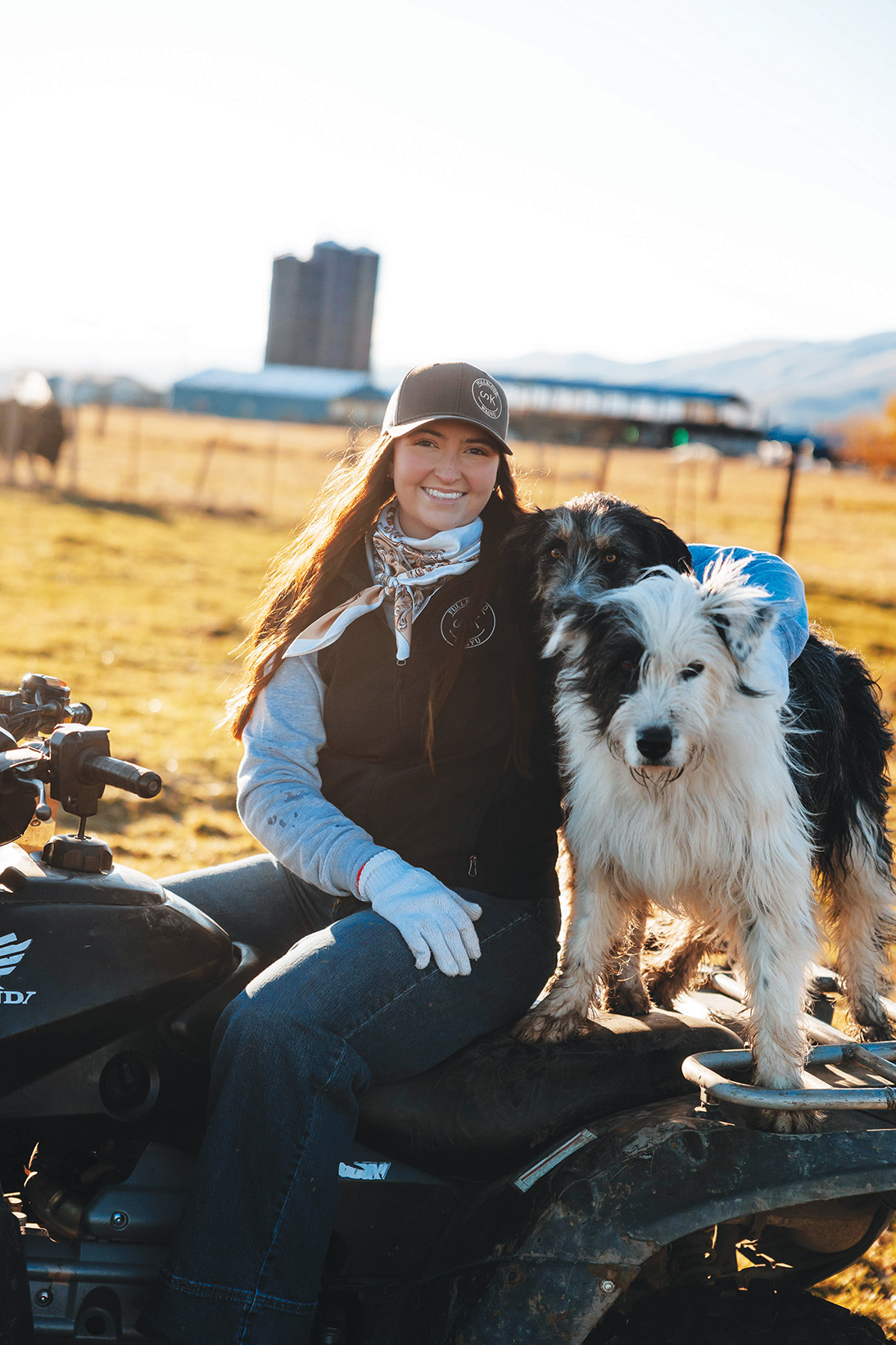EDITORIAL: ODFW should hit brakes on green dot road closures
Published 12:45 pm Monday, January 9, 2023
Many hunters await each year with keen anticipation the arrival of Oregon’s big game regulations catalog.
Trending
Known colloquially as “the synopsis,” the annual publication, which includes tag numbers, season dates and all sorts of other information about big game hunting, is required reading when planning hunts.
The 2023 version, however, has a problem.
And it’s a problem the Oregon Department of Fish and Wildlife (ODFW), the agency that puts out the publication, should have avoided.
Trending
The regulations include what are known as “green dot closures” — areas where roads that aren’t marked with a green dot on signs and maps are closed to motor vehicles, typically only during part of the year (some are permanent and year-round).
Officially called cooperative travel management areas, these are distributed around the state, with a majority east of the Cascades.
Green dot closures, some of which date back several decades, have a legitimate purpose. In most cases the chief goal is to reduce motor vehicle traffic, which can harass elk, deer and other wildlife, during the busiest hunting seasons. That harassment, according to ODFW, can drive big game animals — elk are a particular problem — from public land, where they’re accessible to hunters, to private property, which in many cases is closed to hunting or has significant restrictions. This is a major conundrum for certain units, including Lookout Mountain in eastern Baker County.
Green dot closures can also reduce wildfire risk and damage to roads, and away from roads, that can happen when vehicles travel on soft, wet ground.
Green dot closures typically don’t change much, if at all. But the 2023 regulations constitute a significant exception to that general rule. The publication shows substantial expansions to the closure period — two months or more in some areas, mostly in Northeastern Oregon.
The main reason, according to ODFW, is that the current green dot closures, many of which start either right before the rifle buck season in late September or early October, or right before the first bull elk season, date to an era when far more people hunted during those seasons, with relatively few archery hunters during the month-long season that runs from late August to late September.
Over the past couple decades, though, the number of archery hunters has grown substantially, with a resulting increase in vehicle traffic and pressure on big game herds, said Nick Myatt, East Region manager for ODFW. That’s why ODFW is proposing to start green dot closures for many areas on Aug. 20, just before the archery season.
But here’s the rub — the list of changes published in the synopsis isn’t accurate, by ODFW’s admission.
Myatt said last week that at least two of the proposed changes definitely won’t happen in 2023, and that there likely will be other changes to the schedule printed in the synopsis.
The reason, Myatt said, is that the public hasn’t had an adequate chance to comment on the proposed extensions of the green dot closures.
Moreover, the U.S. Forest Service, which manages much of the public land affected by green dot closures, hasn’t approved the schedule shown in the big game regulations. That approval is required before the changes can take place, as ODFW, which manages wildlife populations but not public land overseen by the Forest Service or BLM, can’t on its own restrict vehicle access.
Anthony Botello, deputy forest supervisor for the Wallowa-Whitman National Forest, said forest officials are working with ODFW to review the proposed changes to green dot closures, and that changes won’t happen until there has been “public involvement.”
As well there should be, considering how significant some of the proposed changes could be, not only for hunters but for others who use motor vehicles to get around public land.
Although ODFW only publishes the synopsis once per year, and the agency could release an updated schedule of green dot closures later in 2023 after the Wallowa-Whitman has heard from the public, ODFW should have waited until the Forest Service had endorsed the list of changes and put off publishing them until the 2024 regulations came out.
Even if ODFW releases an updated version later this year, the potential for confusion is high, as many hunters would no more leave home for a hunt without the synopsis than they would without a weapon, ammunition and a sharp knife.









